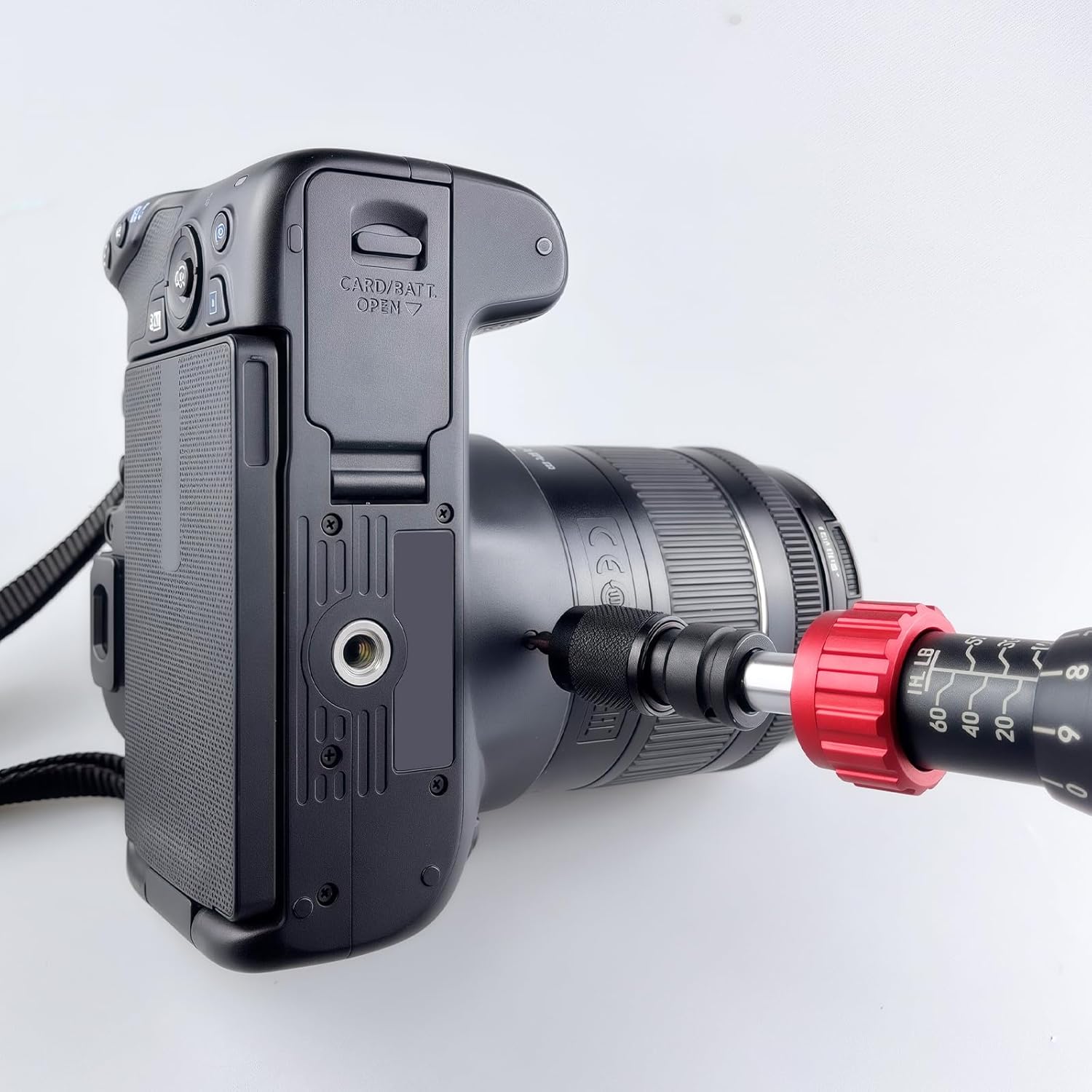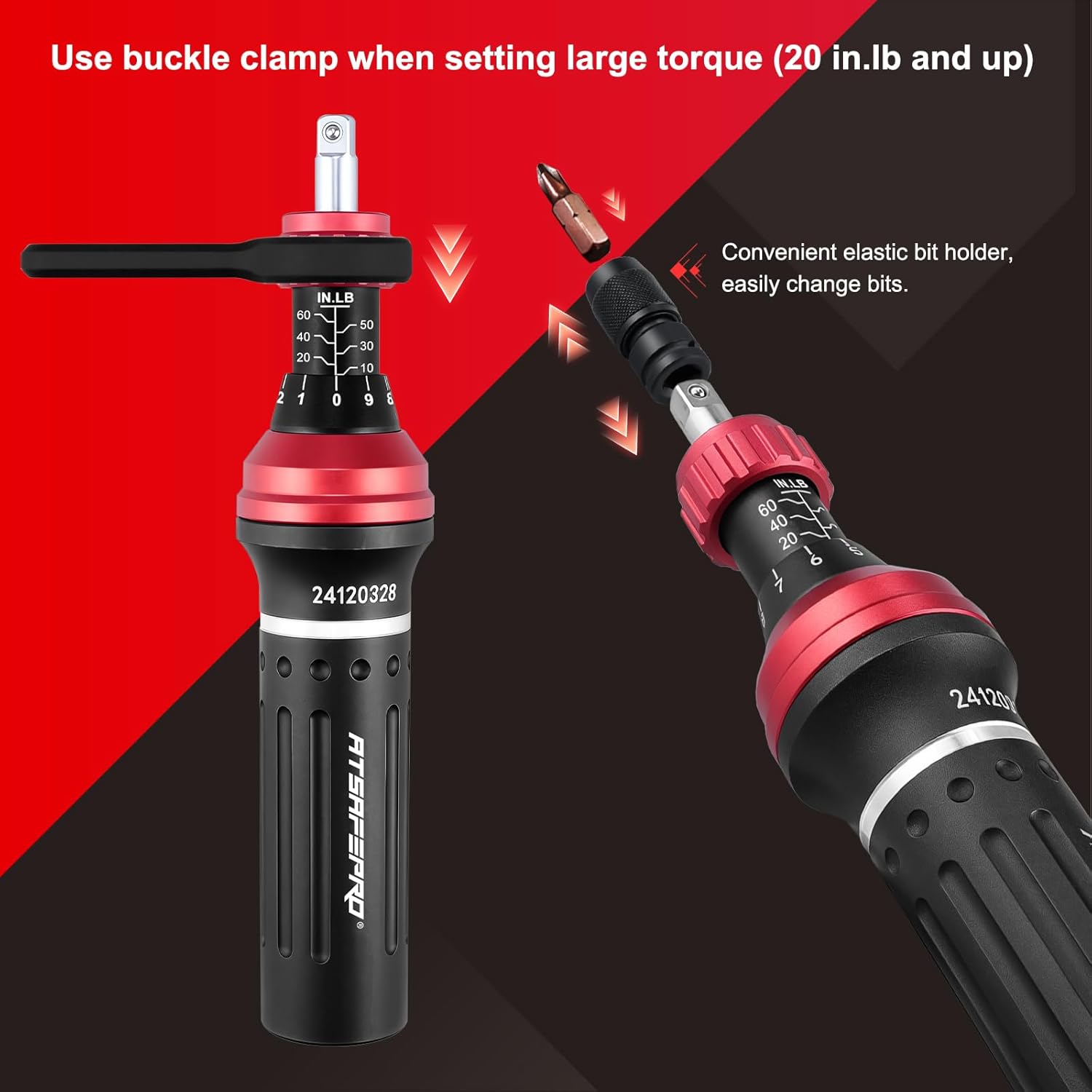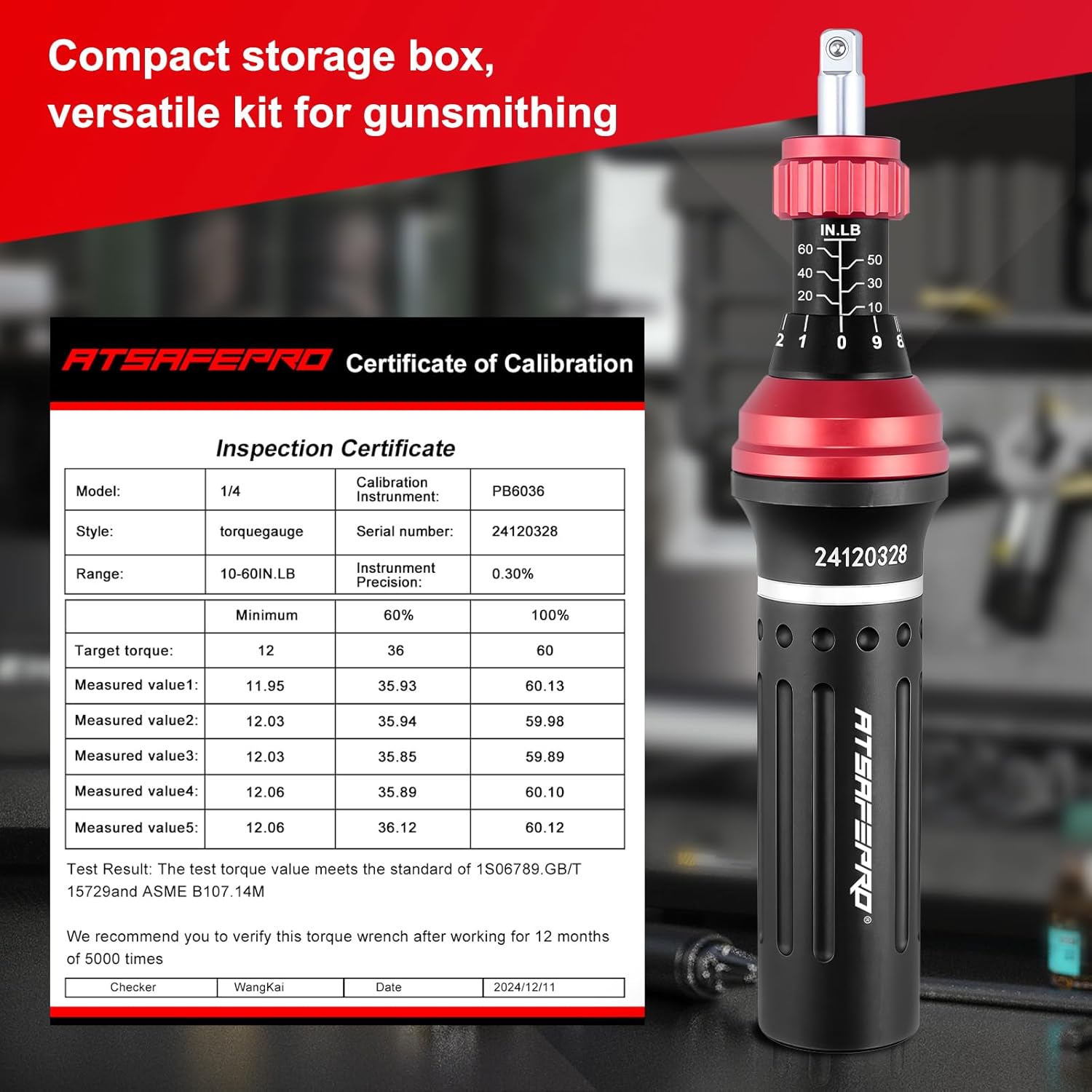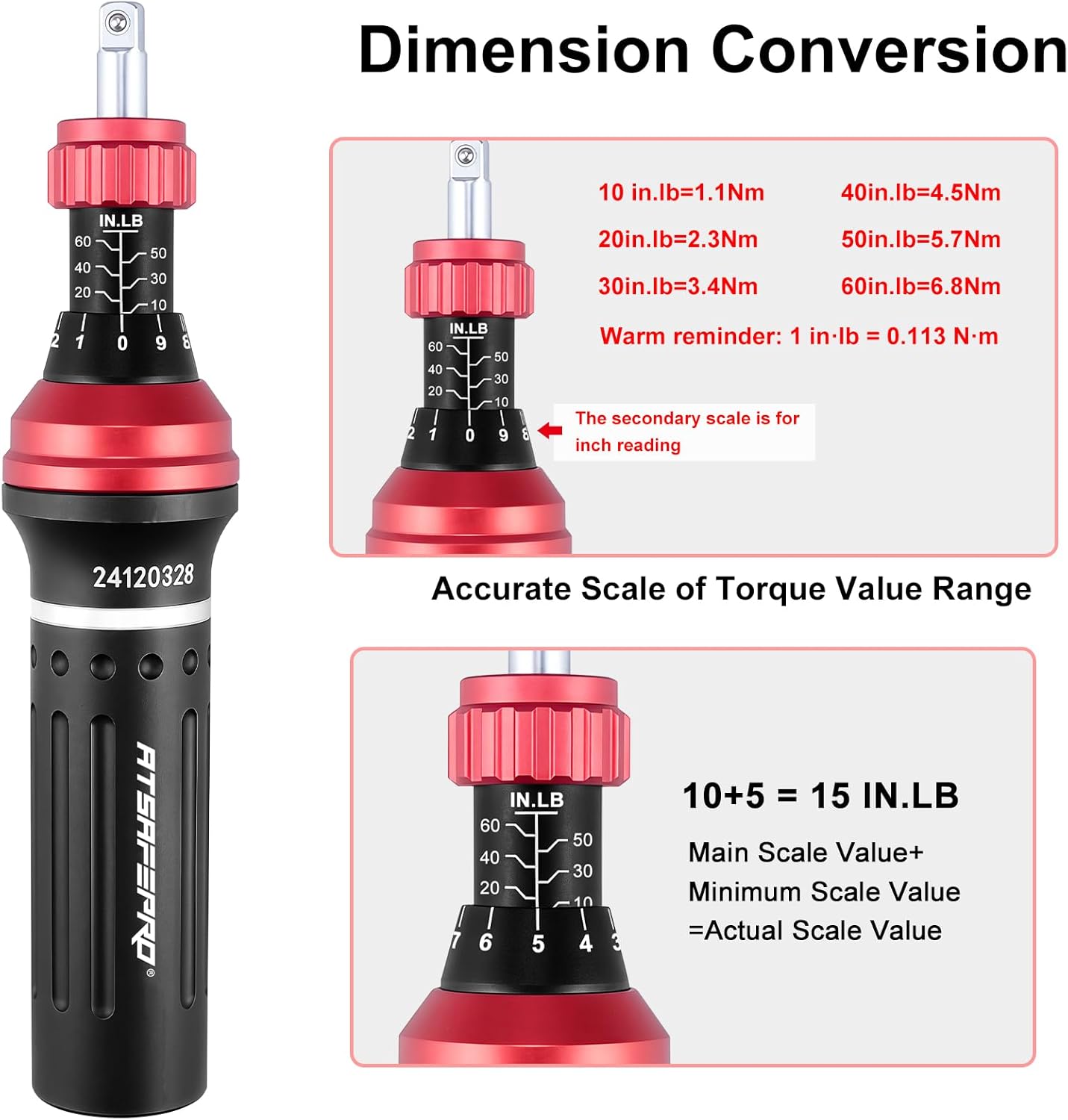
The Link Between Tire Care and Emergency Stopping Power
When drivers think about emergency stopping, they often imagine brake pads and ABS systems. Yet, even the most advanced braking technology cannot compensate for poorly maintained tires. Tires are the final point of contact between vehicle and road, and their condition directly influences braking distance, control, and accident prevention.
Tire Pressure: The Hidden Variable in Emergency Braking
According to the National Highway Traffic Safety Administration (NHTSA), about 1 in 4 vehicles on U.S. roads have at least one underinflated tire. Underinflation increases rolling resistance and heat, weakening tire structure and reducing stopping efficiency. Overinflation shrinks the contact patch, which compromises traction during sudden stops.
Practical Recommendation:
-
Use a digital tire gauge before long trips.
-
Check pressure monthly, as changes in temperature can alter PSI by 1–2 units.
-
Follow the manufacturer’s recommended PSI (often found on the driver’s door frame).
By keeping tires within the correct range, drivers reduce stopping distance by up to 10% in emergency conditions.
Tread Depth: A Critical Factor for Wet Road Stopping
Tread grooves are designed to channel water away. When tread depth falls below 2/32 of an inch, the risk of hydroplaning increases dramatically, and braking distance on wet surfaces can nearly double.
| Tread Depth | Braking Distance (Wet Road, 60 mph) | Safety Risk |
|---|---|---|
| 8/32" (new) | ~200 ft | Optimal grip |
| 4/32" | ~250 ft | Reduced safety |
| 2/32" | ~300+ ft | High hydroplaning risk |
Solution: Regularly use a tread depth gauge—color-coded models make it easy for non-technical drivers to understand when it’s time for replacement.
Common Emergency Scenarios Drivers Face
-
Rainy Commute: Sudden braking on a wet highway. Tires with low tread cause the car to skid, extending stopping distance.
-
City Stop-and-Go: A pedestrian appears at a crosswalk. Underinflated tires delay response by a split second—enough to cause impact.
-
Highway Obstacle: Debris forces instant braking at high speed. Properly inflated and maintained tires prevent the vehicle from veering off course.
These scenarios highlight that tire condition determines whether a brake system performs to its potential.
Q&A: Drivers’ Most Common Tire Safety Concerns
Q: How often should I check my tire pressure?
A: At least once a month and before long-distance travel.
Q: Is visual inspection enough for tread wear?
A: No. Use a gauge—visual checks underestimate wear.
Q: Can premium tires alone guarantee safety?
A: No. Even high-quality tires fail if not maintained with correct pressure and regular checks.
Why Quality Tools Matter for Everyday Drivers
Many accidents stem not from neglect, but from lack of practical, easy-to-use tools. Digital tire gauges, tread depth checkers, and inflator-gauge combos simplify the process for daily drivers. ATSAFEPRO tools are designed with user-friendly displays, durable construction, and compact designs, ensuring drivers can integrate tire care into routine maintenance without hassle.
Prepared Tires = Safer Stops
Emergency situations leave no room for hesitation. From avoiding rear-end collisions to maintaining control in rain, tires are the silent factor that determines outcomes. Regular care—supported by reliable tools—ensures that your vehicle stops when it should.
Taking proactive care with ATSAFEPRO tire tools is not just about extending tire life. It’s about protecting passengers, pedestrians, and yourself when milliseconds matter. If you want to explore more about reliable tire safety tools, visit our homepage for product details or contact us directly to get tailored advice.







